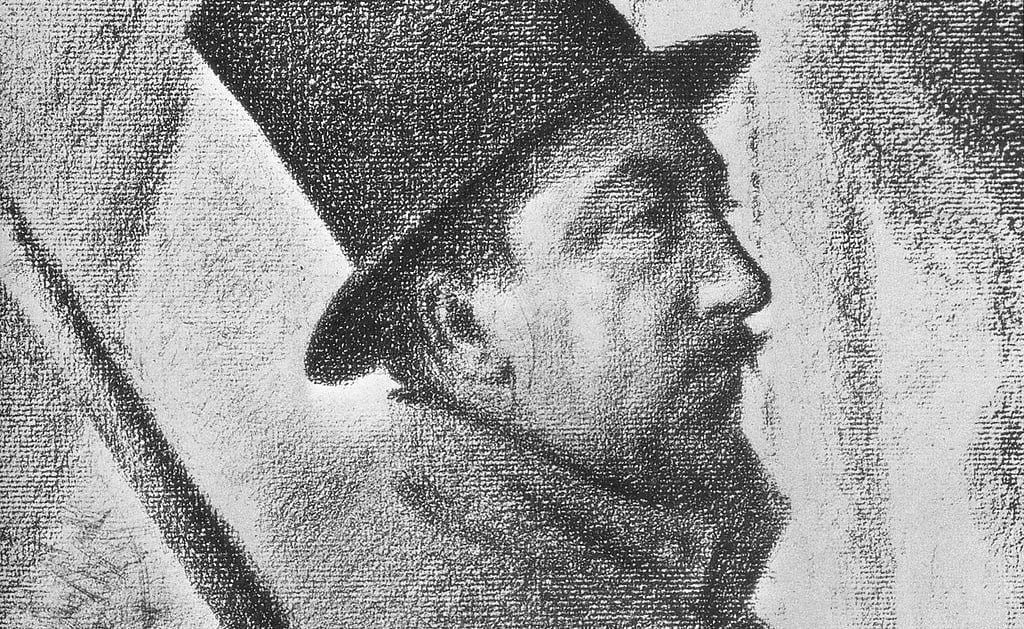Paul Victor Signac, born on November 11, 1863, in the artistic hub of Paris, France, emerged as a prominent painter and a key figure in the neo-impressionist movement. His artistic journey, closely intertwined with the works of Georges Seurat, reflects a deep exploration of impressionism and the evolution into pointillism or divisionism. Let’s delve into the life and career of this influential artist.
Paul Signac’s Early Years and Education:
Paul Signac, born into affluence, was able to fully dedicate himself to the arts. In 1882, he enrolled in the École des Arts-Décoratifs de Paris and concurrently attended the workshop of Bin, a painter and politician. Actively involved in the creation of the Société des Artistes Indépendants in 1884, Signac played a significant role in the art scene, eventually becoming the vice president in 1903 and later the president.
Impressionist Influences:
During the late 19th century, Signac’s early works bore the influence of Pissarro, Renoir, and Monet as he explored the realms of impressionism. However, a pivotal moment occurred when he encountered Seurat, leading him to embrace the neo-impressionist style and delve into the pointillist technique.
The Neo-Impressionist Movement:
Signac’s artistic philosophy found expression in his 1899 book, “De Eugène Delacroix to Neo-impressionism,” where he passionately defended the techniques of the neo-impressionist movement. This movement, born in 1886 through the collaboration of Seurat and Signac, emphasized volume, shape development without defined profiles, compositional order, and the use of pure basic colors. The pointillist approach created an optical illusion, enhancing the luminosity of the paintings.
Travels and Inspirations:
Signac’s wanderlust took him to various countries, including Italy and Turkey, as well as numerous French locales. His experiences served as inspiration for his paintings, which predominantly depicted maritime scenes. From La Rochelle to Istanbul, Signac’s travels enriched his artistic vision, leading to a plethora of watercolors capturing the essence of different landscapes.
Later Years and Diverse Artistic Expressions:
Following Seurat’s death, Signac settled in Saint-Tropez until 1911, later establishing a studio in Antibes. Departing from strict adherence to pointillism, his later works showcased broader brushstrokes, as evident in paintings like “Samois” and “La Seine au Pont-Royal.” Despite this departure, he continued to produce remarkable pieces, including “Opus 217. Against the Enamel of a Background Rhythmic with Beats and Angles, Tones, and Tints” and “The Papal Palace in Avignon.”
Legacy and Final Years:
Throughout his career, Signac left an indelible mark with a prolific body of work. As president of the Société des Artistes Indépendants from 1909 until his passing on August 15, 1935, in Paris, he played a pivotal role in shaping the art scene. His legacy endures through timeless works such as “Grand Canal,” “Antibes, the towers,” and “Lézardrieux.”
In the latter years, Signac’s departure from strict pointillism in various watercolors signaled a willingness to evolve, showcasing the depth and diversity of his artistic expression.
Conclusion:
Paul Signac’s artistic journey reflects a fascinating evolution from impressionism to neo-impressionism and the mastery of pointillism. His dedication to the Société des Artistes Indépendants and contributions to art theory solidify his status as a luminary in the world of visual arts. Signac’s legacy lives on through the vibrant hues and dynamic compositions that continue to captivate art enthusiasts worldwide.
FAQs :
Q1: What is neo-impressionism?
Neo-impressionism is an art movement that emerged in the late 19th century, characterized by the use of small, distinct dots or strokes of color applied in patterns to form an image. Paul Signac, along with Georges Seurat, played a pivotal role in developing and popularizing this style.
Q2: What are some notable works by Paul Signac?
Some of Paul Signac’s notable works include “Opus 217. Against the Enamel of a Background Rhythmic with Beats and Angles, Tones, and Tints,” “The Papal Palace in Avignon,” “Grand Canal,” and “Antibes, the towers.”
Q3: How did Signac contribute to the art community?
Paul Signac was a key figure in the creation of the Société des Artistes Indépendants and actively participated in various art exhibitions and movements. His role as president of the society from 1909 until his death highlights his commitment to promoting independent artists and fostering artistic expression.






Leave a Reply